The International Space Station in orbit above Earth. An astronaut on board the Space Shuttle Atlantis took this image on October 16, 2002.
Click on image for full size
Image courtesy NASA.
International Space Station
The International Space Station (ISS) is a very large space station in orbit around Earth. The ISS is currently inhabited and in use, but it is also under construction; new modules are gradually being added to the station. The ISS is a collaborative project involving 16 nations, including the United States.
The first section of the ISS, called Zarya, was launched in November 1998 on a Russian Proton rocket. Numerous other segments have been added since, lofted into orbit aboard U.S. Space Shuttles and Russian Proton boosters. Currently the ISS has an interior volume comparable to that of a commercial jet airliner. The ISS orbits Earth at an average altitude of 354 kilometers (220 miles).
The space station is used to conduct microgravity research, to study the long-term effects of spaceflight on humans and other living creatures, to test equipment and procedures for long duration stays in space, and to observe Earth. The first crew took up residence in October 2000, and the ISS has been continuously inhabited since. Crews spend about six months on board the station, and are replaced by other cosmonauts and astronauts launched on the Space Shuttle or Russian Soyuz spacecraft.
Sixteen nations are partners in the ISS project: the United States, Russia, Canada, Japan, Brazil, Belgium, Denmark, France, Germany, Italy, Netherlands, Norway, Spain, Sweden, Switzerland and the United Kingdom. Two space tourists have visited the ISS.
You might also be interested in:

Man has always been compelled to explore and inhabit previously unknown realms. As of this month, man is again inhabiting the daunting expanse we call space. Eight years after the initial agreement to
...more
The thermosphere is a layer of Earth's atmosphere. The thermosphere is directly above the mesosphere and below the exosphere. It extends from about 90 km (56 miles) to between 500 and 1,000 km (311 to
...more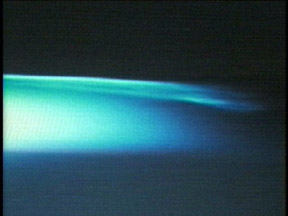
Observations of noctilucent or "night-shining" clouds were first reported in the summer of 1885. The reports were from northern Europe and Russia. In the late 1880’s, it was proposed that the clouds had
...more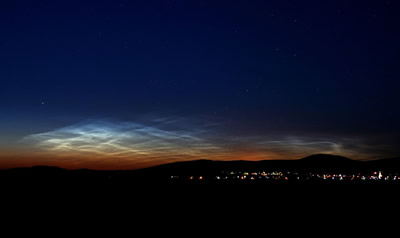
Noctilucent clouds (NLC’s) or polar mesospheric clouds (PMC’s) are found very high in the Earth's atmosphere (about 85,300 meters above the Earth's surface!). They are called Polar Mesospheric Clouds when
...more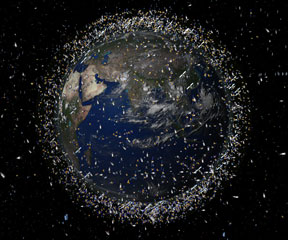
There are several thousand trackable objects in near-Earth space. These objects are baseball size or larger and can be tracked by ground-based radars. Of these thousands of items, only a few hundred are
...more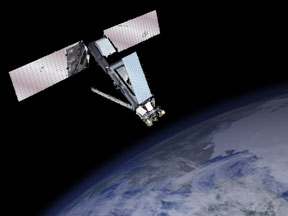
On February 10, 2009, two satellites in Earth orbit collided and were destroyed. This was the first major collision between satellites in Earth orbit ever. The satellites were about 776 km (482 miles)
...more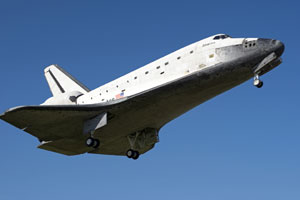
The space shuttle Atlantis completed its final scheduled flight when it touched down on at Kennedy Space Center on the morning of May 26, 2010. NASA is planning to retire the entire fleet of space shuttle
...more















